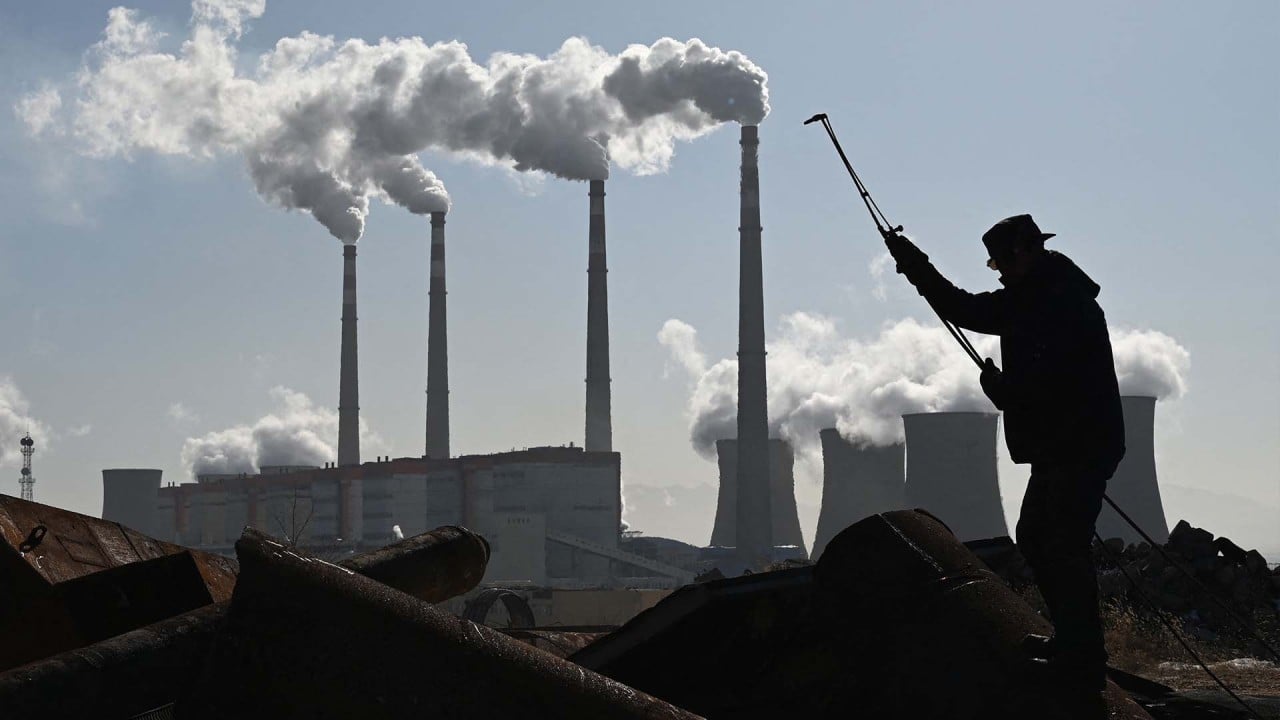
To get to net zero, we need an effective global carbon credit market
- The carbon trading system agreed in Glasgow will help with the visibility of carbon pricing but more needs to be done
- As carbon pricing becomes more widespread, global collaboration is needed to avoid carbon dumping and tackle broader economic implications such as inflation
To illustrate simply how the system would work, we can imagine a new wind-turbine power plant being built in country A to replace an old coal-fired power station. The switch might reduce carbon dioxide emissions by 100 tonnes.
Country A could thus count its carbon emissions as having been reduced by 100 tonnes, or it could sell some of the credits, say 20, to country B. The rules of the system mean that country A would be able to claim it had reduced emissions by 80 tonnes and country B would be able to offset 20 tonnes of its emissions through buying the carbon credits.
It is feasible that some countries might be able to generate more carbon credits than needed to meet their NDCs. For example, Chile could exploit solar energy more efficiently than many countries because much of the country is at altitude, and the sun’s rays are stronger there.
It could build more solar power capacity than it needs and generate excess carbon credits. These could be sold, raising money for Chile to finance its green energy projects and other development goals, and allow other countries to offset their own – potentially more difficult to abate – carbon emissions.
Yet we do not have anything yet that resembles a global system. The consequence is that in some countries, economic activity that produces carbon does so with no cost.
Those limits are reduced over time, meaning that firms need to cut their emissions or pay more for the carbon they generate.
Of course, the aim of carbon pricing and workable carbon markets is to “price out” activities that generate greenhouse gases. If carbon is priced effectively, then renewable energy, for example, becomes cheaper than power generated from fossil fuels.
Higher prices, stemming from a carbon tax, might get passed on to consumers, easing a shift in demand towards greener products and services.
Carbon pricing: the climate silver bullet world leaders want you to believe?
Investors with an increased focus on sustainability will find more profitable opportunities in green products and services once more of the carbon-producing economy is subject to carbon pricing.
An effective system would affect both production and consumption, and is a necessary tool in the transition to a net-zero economy.
Carbon pricing will become more widespread. However, an effective system needs global collaboration to avoid carbon dumping. It will also come with broader economic implications, particularly with regards to inflation.
Yet, we need effective market mechanisms to support the transition and that is what carbon pricing and a global market in carbon credit trading will bring.
Chris Iggo is the chief investment officer for core investments with AXA Investment Managers



